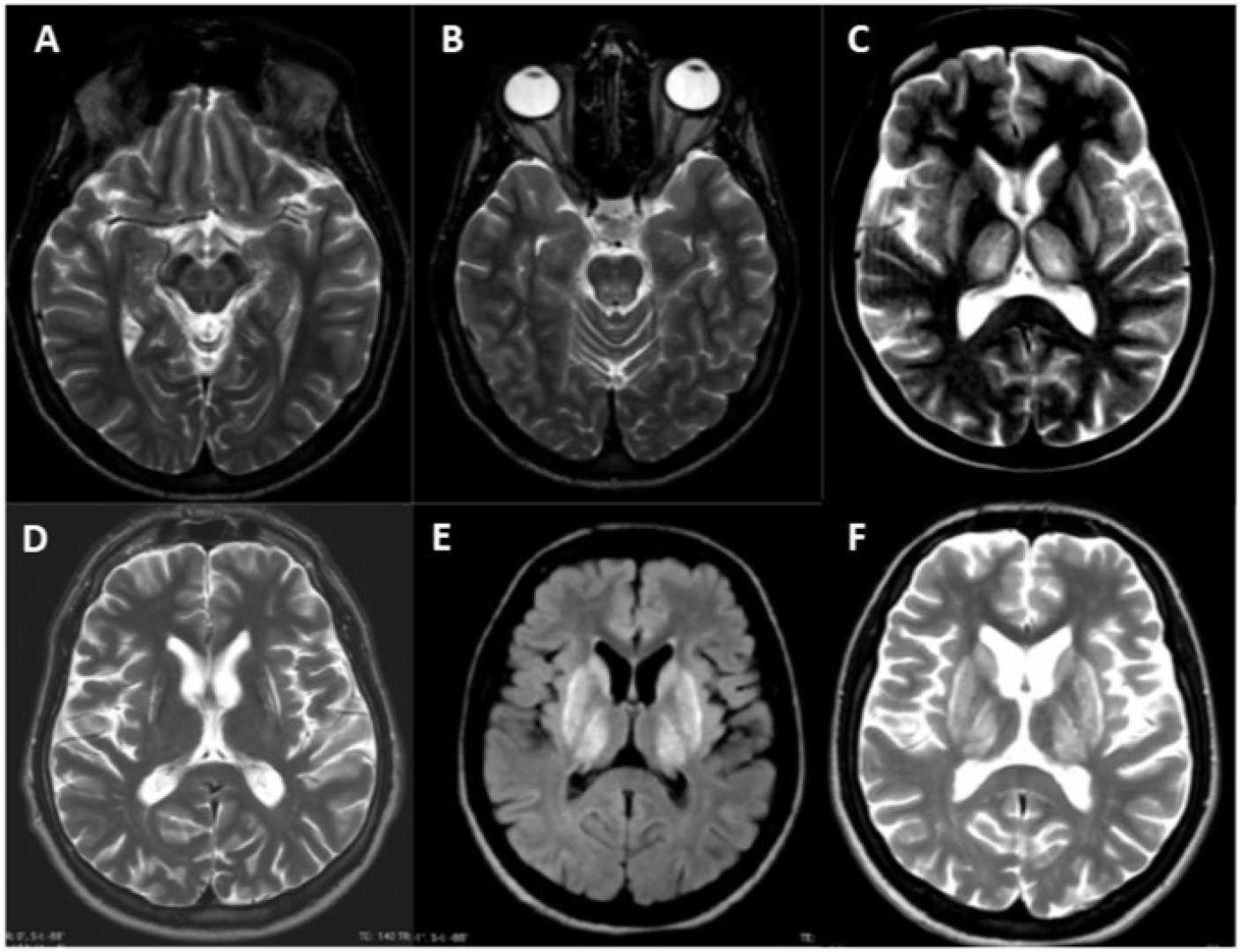Health
Case Study Highlights Diagnostic Challenges in Wilson’s Disease

A recent published case study has illustrated the complexities in diagnosing Wilson’s disease (WD), a genetic disorder impacting copper metabolism, as reported in a medical journal case report. This condition is typically inherited in an autosomal recessive manner due to mutations in the ATP7B gene. Approximately 40% to 50% of patients initially present with neurological symptoms, making early and accurate diagnosis crucial.
The case involved a 38-year-old male who experienced symptoms such as imbalance, gait disturbances, leg weakness, speech impairments, hand tremors, syncope, and drooling. Upon neurological examination, clinicians observed symptoms including dysarthria, hypophonia, muscle weakness, tremors, dysmetria, and postural instability.
Initial MRI scans showed notable hyperintensities in the globus pallidus of the basal ganglia, typically associated with WD. The patient was evaluated using the Leipzig scoring system, a diagnostic tool incorporating clinical, laboratory, and imaging findings to determine WD likelihood. Initial scores suggested “possible WD” due to neurological symptoms and low serum ceruloplasmin levels.
Although genetic analysis of the ATP7B gene returned negative, a D-Penicillamine challenge test was conducted. This resulted in a significant increase in 24-hour urine copper levels, exceeding five times the standard upper limit, which strengthened the diagnosis, culminating in a Leipzig score of five, firmly establishing WD.
Treatment commenced with Trientine and Zinc, alongside a low-copper diet, improving copper metabolism management. Wilson’s disease, first described in 1912, remains a diagnostic challenge due to its complex presentation which varies with age of onset, commonly presenting between ages 5 to 35.
Despite the absence of typical diagnostic markers such as the Kayser-Fleischer rings, used to identify copper deposition in the eyes, the Leipzig scoring system provided a robust framework for diagnosis in this case. Symptoms like dysarthria, ataxia, dystonia, and parkinsonism are common neurological indicators of WD that argue for its consideration in young-onset movement disorders.
The study underscores the necessity of comprehensive diagnostic approaches, particularly in cases where genetic testing does not reveal mutations, highlighting the utility of Leipzig scoring in such diagnostic processes for Wilson’s disease.












